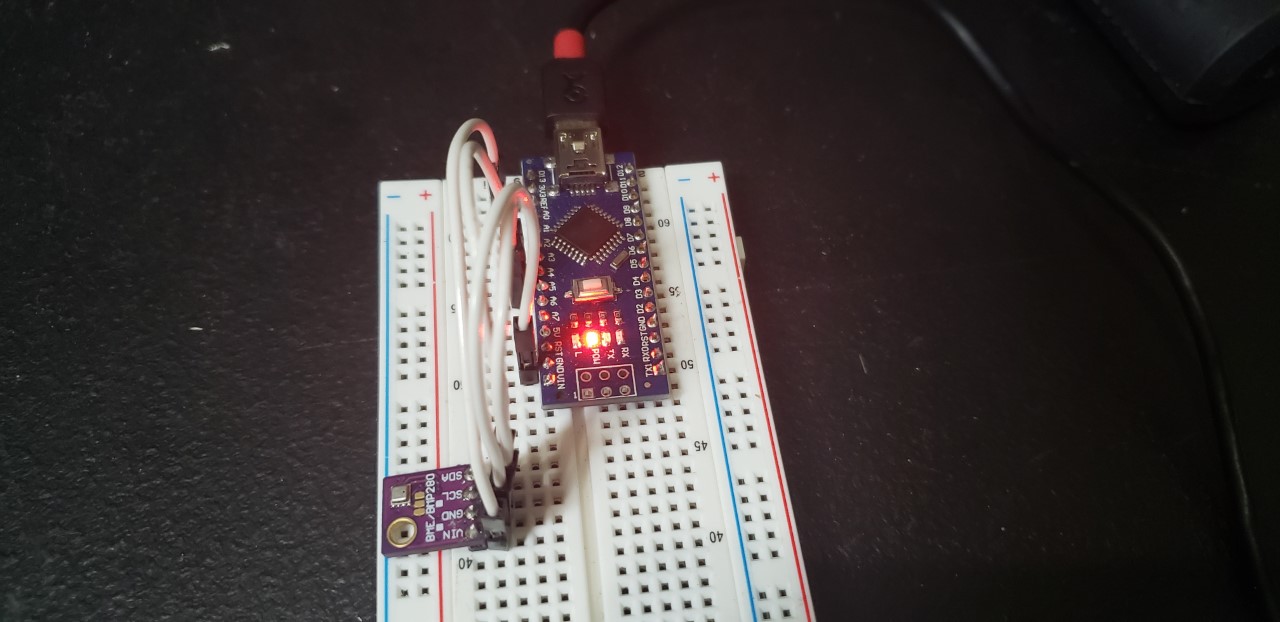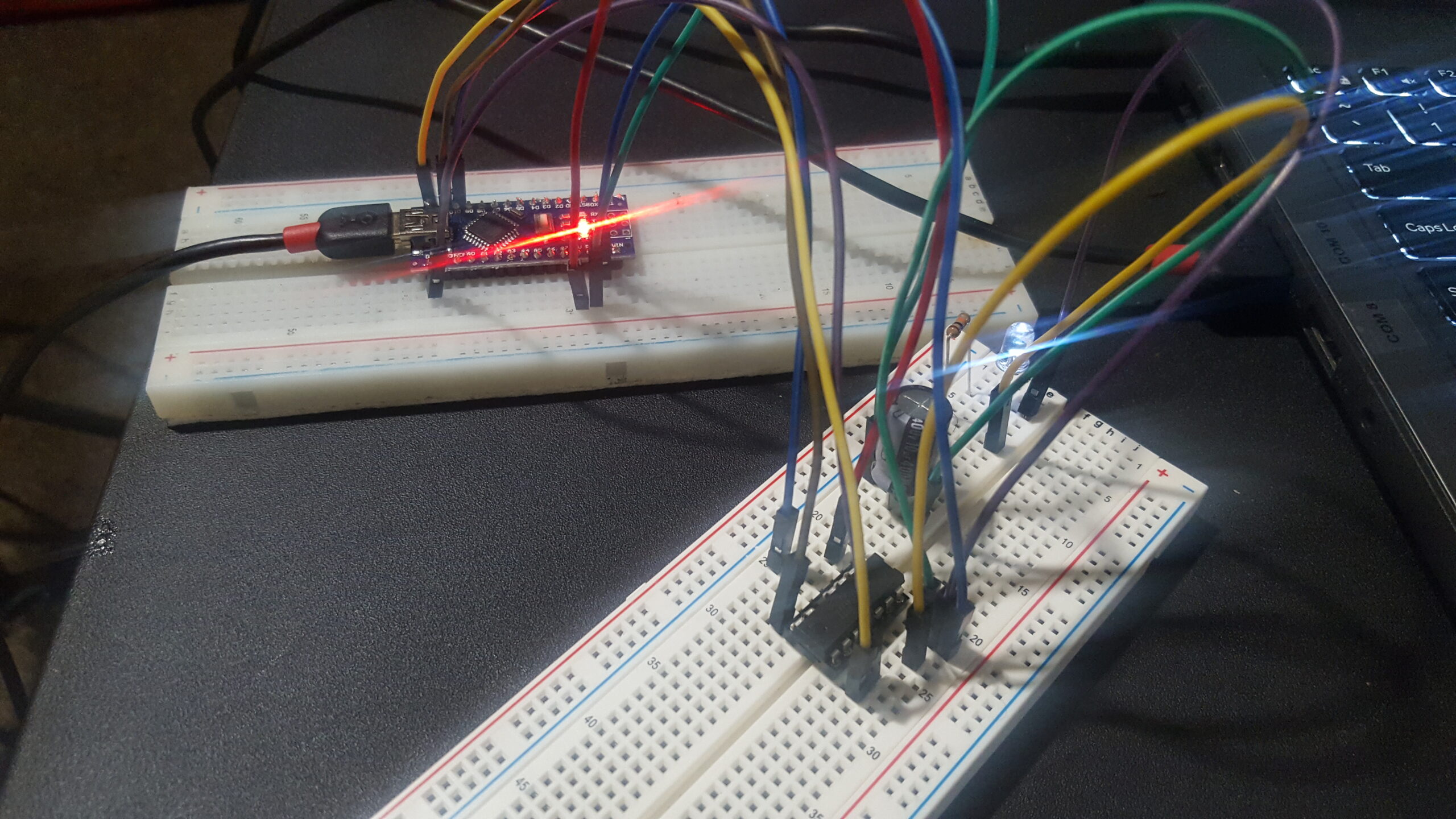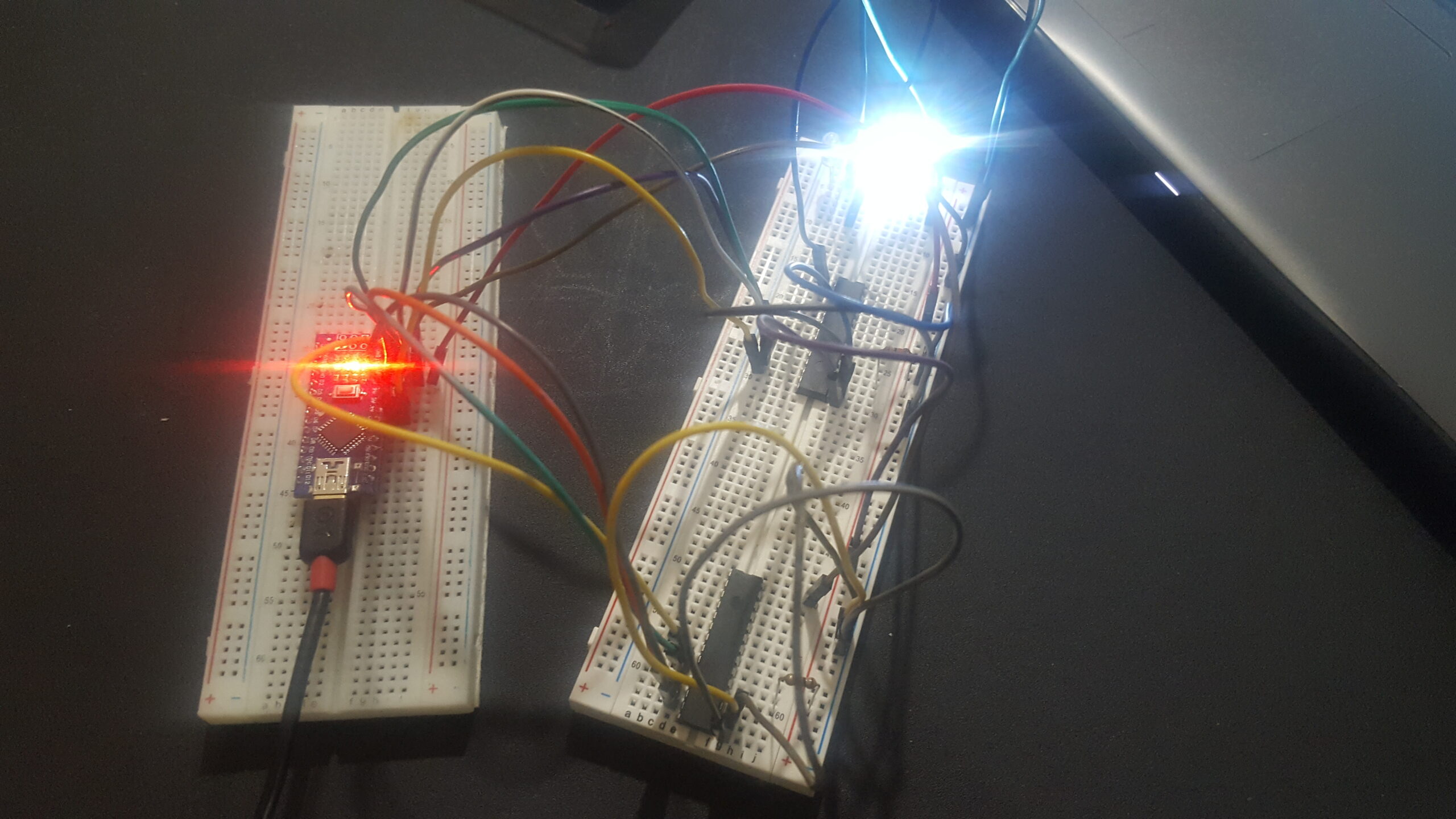1. The Design
The BME280 is a cheap I2C/ SPI compatible unit capable of displaying temperature, barometric pressure, elevation, & humidity of its environment. I find that its a lot more useful than the DHT22 in that it not only requires just four wires to operate, but also doesn’t require a 10KΩ resistor & is less prone to failing. Its also a lot smaller that the DHT22 as pictured below & is overall sleeker & has a more professional look.



